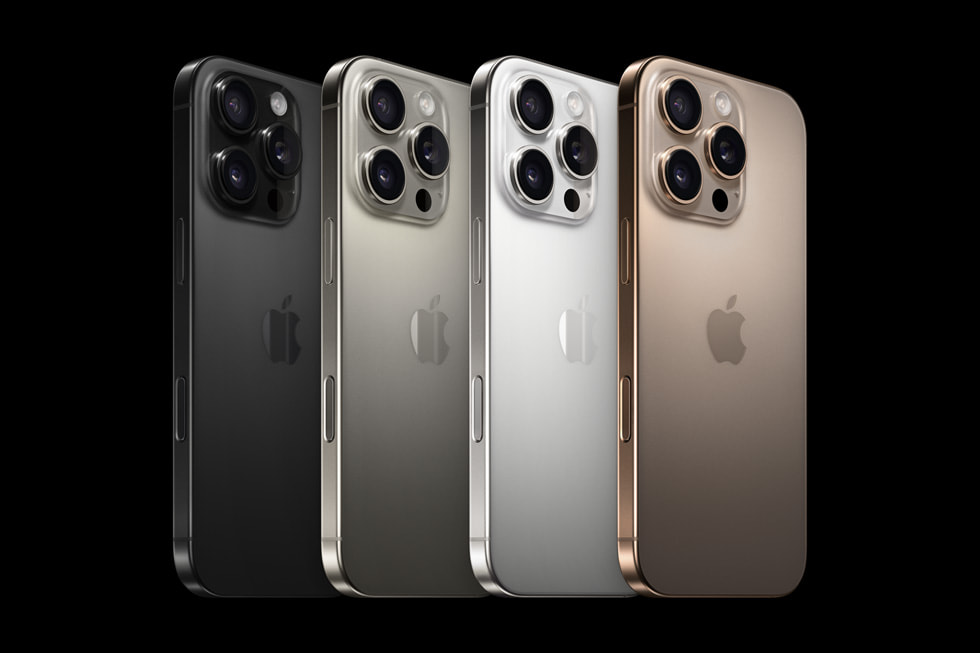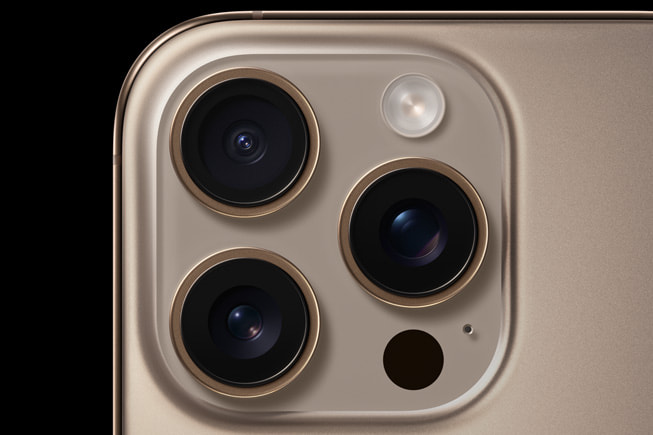
Intro
At first glance, the Galaxy Z Flip 6 and the iPhone 16 Pro are incompatible, just like the theories of General Relativity and Quantum Field Theory in physics. These two might seem incomparable, but there’s something hidden, just like a hidden variable in the collapse of the wave function.
In the end, everything should lead us to a unified theory that should apply to all situations and everywhere in the universe, and that applies to cell phones, too. We’re sure someone, somewhere, will be considering whether to buy a flip phone or play it safe and buy the upcoming Apple Pro.
So, today we will try to unify these two entities in a cohesive theory—we mean comparison. The iPhone 16 Series landed on September 9, so we have every ingredient to cook this sub-atomic comparison. Let’s get to it!
>>>EB-BF741ABE Battery for Samsung Galaxy Z Flip 6
Table of Contents:
- Design and Size
- Display Differences
- Performance
- Camera
- Audio Quality
- Battery and Charging
- Summary
Design and Size
Apples and… exotic lychee fruits?
The world is holding its breath, waiting for the moment when Apple will finally announce a foldable phone, but until then, iPhones are bound to stay as they are now, rectangular slabs of glass and metal. The Apple “It’s Glowtime” event on September 9 didn’t bring any significant changes to the iPhone Pro design, with some minor exceptions. There’s a new Camera Control button onboard, which is really a Touch ID-inspired pressure sensitive sapphire crystal coated button. It also supports touch gestures but more on that in the Camera section.
Other than that, the iPhone 16 Pro looks and feels like its predecessor, it has a tad larger screen at 6.3 inches but thanks to the thinner bezels it has more or less the same dimensions as the previous model. There’s a new hardened glass on top of that 1-nit minimum brightness screen, and it’s next-gen Ceramic Shield glass that Apple says is two times more resistant than the one found in previous iPhones. There are some new hues available with the new iPhone 16 Pro model as well.
>>>EB-BF742ABE Battery for Samsung Galaxy Z Flip 6
Appl iPhone 16 Pro available colors:

(Image from Apple)
- Black titanium
- Natural titanium
- White titanium
- Desert titanium
The Galaxy Z Flip 6 follows in the footsteps of its predecessor, with minor tweaks and changes here and there. The dimensions are almost identical to its predecessor, but we have a redesigned hinge for better stability, and a slightly less prominent hinge.
There’s a conceptual difference between these two, you can fold the Galaxy Z Flip in half and it becomes a different device. But you already knew this. In its unfolded state, the Z Flip 6 is somewhat close to the iPhone 16 Pro experience-wise.
As far as colors are concerned, the Galaxy Z Flip 6 is available in a wide range of hues
Samsung Galaxy Z Flip 6 available colors:

(Image from Samsung)
- Blue
- Mint
- Silver Shadow
- Crafter Black (Samsung.com exclusive)
- Peach (Samsung.com exclusive)
- White (Samsung.com exclusive)
Display Differences
The Galaxy Z Flip 6 features the same size for its main and cover screens as its predecessor, 6.7 inches and 3.9 inches, respectively. Those, of course, are AMOLED, and the main screen is capable of going up to 120Hz refresh rate and sports FHD+ resolution. The Z Flip 6 was able to output around 1,200 nits of brightness in our display test, and the minimum brightness figure was even more impressive at 0.7 nits. The color accuracy is not the best in the business, though, with an average deltaE of 2.76.
The iPhone 16 Pro comes equipped with a larger 6.3-inch display, with ProMotion 1-120Hz dynamic refresh rate, and the same resolution from its predecessor. Apple didn’t mention anything regarding the screen brightness figures for the iPhone 16 Pro, so we have to wait and test it in our lab, but we suspect it’s the same as last year. The last gen iPhone 15 Pro can shine with up to around 1,100 nits (real life brightness), so it’s not far off the Z Flip 6. What’s new is the 1-nit minimum brightness that Apple cited during the official event, so we should try to replicated this in the lab as well.
In terms of biometrics, the status quo remains unchanged; the iPhone 16 Pro relies on FaceID, while the Galaxy Z Flip 6 uses the same side-mounted capacitive fingerprint scanner as the previous Z Flip model.
Performance and Software
Due to the specific launch cycle these two models have, their beating hearts, the chipsets inside, are a generation apart. The Galaxy Z Flip 6 features the latest Snapdragon 8 Gen 3 chipset onboard, while the iPhone 16 Pro comes with the newest Apple silicon, the A18 Pro chip. We have the benchmark scores of the Z Flip 6, and they are quite impressive – 2251 and 7131 in single and multicore Geekbench 6 respectively.
This result is very close to the iPhone 15 Pro, but Apple said the new A18 Pro chip is 15% faster than A17 Pro, so the iPhone will continue to be the smartphone to beat, when it comes to synthetic benchmarks. The thermal design has also been redesigned in the new model, giving it 20% improvement in heat management and better performance under sustained heavy loads. Speaking of heavy loads and benchmarks, we will add the results once we run all the tests on the newly announced iPhone 16 Pro.
In terms of RAM, due to the different ecosystems and the way Android and iOS handle apps and optimize them prior to putting them on their respective stores, differences in RAM don’t always translate into a difference in performance. The Galaxy Z Flip 6 has more RAM on paper, 12GB, while the iPhone 16 Pro features the same 8GB RAM capacity as its predecessor. Both of these phones support the newest and fastest Wi-Fi 7 standard.
The software situation is an interesting one. We know that Samsung already has Galaxy AI to help people get onboard with the new reality, but Apple seems to be missing the party. On September 9 Apple announced a lot of new and interesting Apple Intelligence features, such as comprehensive writing tools, contextual search in photos and in videos, mail and notification summaries, something called “Visual Intelligence” (which looks very similar to Google Lens), as well as some Siri upgrades, but they will start to arrive in October and only in Beta shape and form.
Software updates used to be Apple’s forte in the past, but ever since Google decided to offer seven long years of software support, things have changed. The Galaxy Z Flip 6 comes with seven years of major OS updates, while the iPhone 16 Pro offers “only” five.
Camera
Three is more than two, even in quantum physics


(Image from Samsung) (Image from Apple)
The iPhone 16 Pro comes with a triple camera system and some cool upgrades to it as well. The main camera is the same as the one found on the iPhone 15 Pro, though. It’s a 48MP, f/1.6 camera which Apple now calls Fusion Camera. The ultrawide camera has been upgraded, though. It now features a 48MP sensor with 0.7 microns pixel size or 1.4 microns when pixel binned under an f/2.4 lens, and you now have the ability to capture 48MP, 24MP and 12MP shots, and also macro shots.
The iPhone 16 Pro also moves to a tetraprism telephoto camera, taken from the Pro Max mode, and it offers 5x optical zoom, so there’s no camera differences between this year’s Pro and Pro Max models. This telephoto camera, consequently, is the biggest differentiator when it comes to comparing the phone to the Galaxy Z Flip 6.
The Galaxy Z Flip 6 features a dual camera system on the back, consisting of one upgraded 50MP main sensor, and one additional 12MP sensor for the ultrawide camera, and no dedicated telephoto onboard.
The other big advantage for the iPhone 16 Pro in this battle is the new Camera Control button. It’s a capacitive, pressure sensitive button that can do a lot of things. A single click opens the camera app, you can light press it to bring up a menu, and you can swipe your finger to control settings such as zoom range, exposure and even apply post effects and styles.
Audio Quality and Haptics
Apple has redesigned the audio system inside its iPhone 16 Pro models, and we now have some very cool new features onboard. There are four studio-grade microphones able to capture high-quality recordings and thanks to Apple Intelligence do some interesting stuff, such as apply different Audio Mix styles, remove background noise, focus on the voice of the person in a video, and also overdub sounds over recordings in the Voice Memo app.
The Galaxy Z Flip 6, on the other hand, sports a stereo setup where the earpiece doubles as a secondary loudspeaker, and there are no upgrades to the audio quality or loudness, compared to the previous model. The same goes for the haptic motor. They are decent but nothing to write home about. There’s no fancy-shmancy AI-driven audio magic at the moment, but it might come, as we live in the world of software updatable features.
Neither of these two phones is expected to have a 3.5mm audio jack.
Battery Life and Charging
Upgrades
There’s a battery upgrade on the iPhone 16 Pro, and even though Apple didn’t cite any numbers during the “It’s Glowtime” event, we know that the battery is roughly 100mAh bigger than the one found on the last generation. The Galaxy Z Flip 6, on the other hand, features a substantial upgrade compared to its predecessor; we now have a 4,000mAh battery inside Samsung’s latest flip phone, and that’s a 300mAh bump compared to the Z Flip 5.
This increase in capacity has indeed translated into longer battery life for the Z Flip 6, compared to its predecessor, and we’re talking about hours. We still don’t know how will the iPhone 16 tackle our battery test, but there’s some solid challenge from the Z Flip 6. We expect all the efficiency upgrades as well as the potential bump up in capacity to result in about an hour on top of the battery life we’re familiar with from the latest iPhone Pro models, but we’ll have to run some tests to verify that.
Sadly, there was no word on faster wired charging during the Apple “It’s Glowtime” event, so the iPhone 16 Pro retains the same 27W wired charging speeds we know and lament from the previous model. The Galaxy Z Flip 6 also retains the 25W wired and 10W wireless charging speeds from the previous generation, so we suspect he charging test will be pretty close between these two.
Summary
It’s very early to tell whether one of these two will be a better choice, all things considered. The only thing that makes these two comparable is the price, which is very close indeed.
The question is, do you want a flip phone for that kind of money, or do you want to play it safe and get an iPhone Pro. On the one hand, the iPhone 16 Pro has a better camera setup and a faster chipset. To flip things once more, the Galaxy Z Flip 6 is a phone you can fold in half, and it has two screens, providing a completely different user experience.